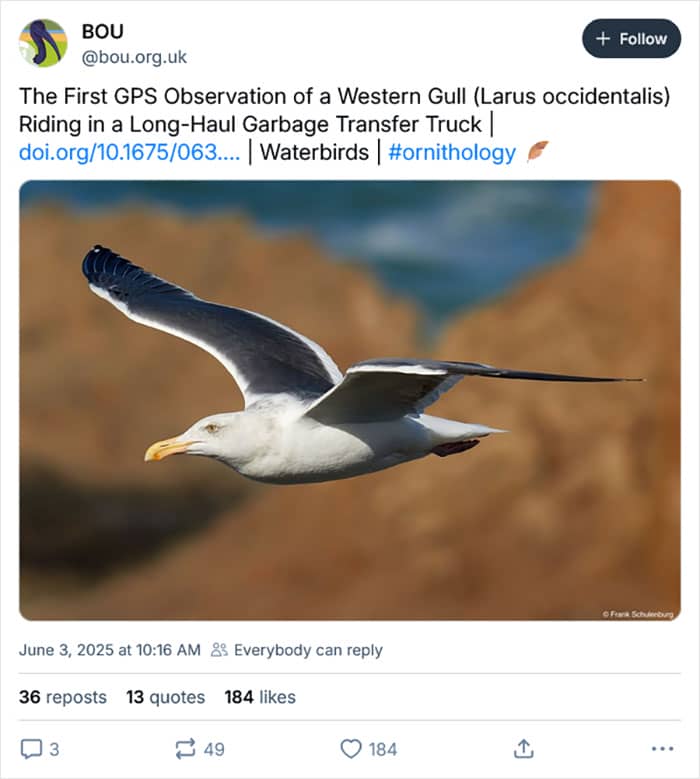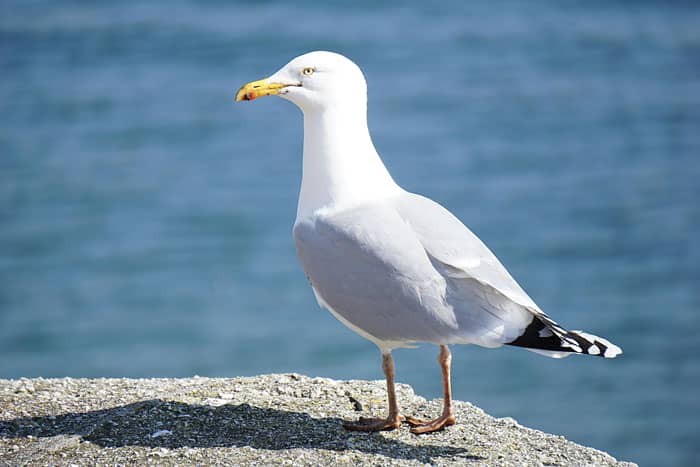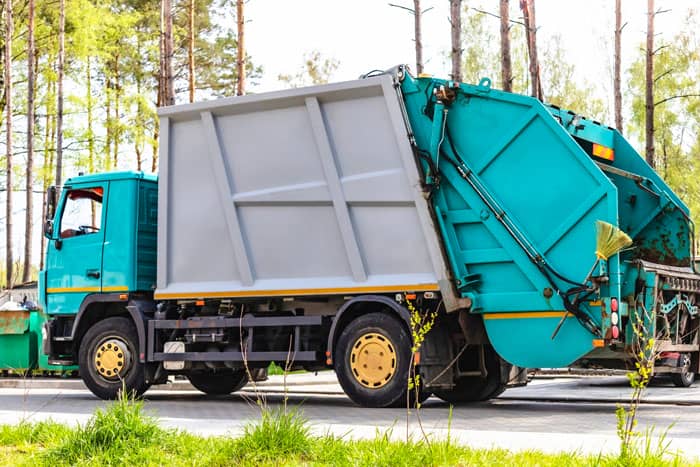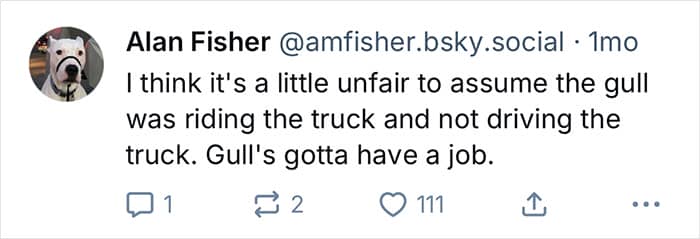Nature is full of surprises, something pretty much any biologist worth their salt will tell you. Watch the natural world for long enough, and you’ll spot some truly confounding behavior, especially where animals and mankind cross paths.
One biologist was astounded when he retrieved GPS data from a tracking device he’d placed on the tail of a western gull in California. The data showed the bird had traveled a remarkable distance at an unusually high speed, not just once, but twice.
RELATED:A San Jose State University biologist was astonished when he reviewed the GPS data from a device he’d attached to a western gull in California

The bird had been traveling 60 miles per hour, suspiciously faster than the species’ typical flying speed of 20 miles per hour
When San Jose State University biologist Scott Shaffer was going over the data from a GPS tracking device he’d affixed to a western gull, he picked up something quite odd: the bird had been cruising at 60MPH, significantly faster than its typical flying speed of 20MPH.
After taking a closer look at the bird’s route, Shaffer realized it had zipped along major roadways, finally arriving at an outdoor composting facility about 80 miles away from its nest. Here’s the kicker, though, two days later, the gull repeated its journey.

Apparently, the bird had cruised along major roadways, finally arriving roughly 80 miles away from where it started at an outdoor composting facility
Just how, and why, did it happen, though? Shaffer and some colleagues have settled on the idea that the gull hitched back-to-back rides on a garbage truck, of all things, to make the most of the low-effort mode of transport in order to reach a destination packed with tasty scraps.
Their paper in the esteemed journal of Waterbirds depicting the unorthodox behavior provides the first GPS observation of a western gull catching a ride on an 18-wheeler to a compost facility. “It was surprising and comical, so much so that we wanted to look closely into this one individual’s behavior to understand how this happened,” says lead author Megan Cimino, a biologist at University of California.

Shaffer first came across the female in the spring of 2018 while she was nesting on the Farallon Islands, A collection of rocky outcroppings in the Pacific Ocean to the west of San Francisco. The islands play host to substantial colonies of seabirds, and the biologist was there carrying out research on the gulls’ diet, foraging techniques, and habitat use.
Having carefully captured the bird in a pillowcase, he attached a tiny, lightweight GPS tracker to her tail, returning a week later to retrieve the device and analyze its data. The device reveals that the gull left the islands and flew to San Francisco on May 21, 2018. After its arrival, it dropped by a garbage and recycling transfer station operated by Recology.

After much consideration, the biologist and his colleagues have concluded the gull hitched back-to-back rides on a garbage truck
That’s when things get interesting. The gull traveled across the San Francisco–Oakland Bay Bridge, sped along Interstate 880 and meandered down Highway 580. Her final destination was a composting facility near Modesto, where she apparently spent the night. The next day, she flew back to the Farallon Islands.
Then, on May 23 of the same year, she returned to the facility, but this time she followed a different route, venturing along the San Mateo-Hayward Bridge. The researchers suspect she made the first trip accidentally, after getting trapped under a mesh-like tarp placed atop Recology’s 18-wheel garbage trucks to prevent spillage.

As for her second trip? That’s a mystery only she will know. One possibility is that she concluded she’d located a reliable food source, so she decided to try her luck aboard a garbage truck for a second time.
For the time being, the hitchhiking gull seems to be an anomaly, but researchers add this kind of behavior could become more common as birds (and other animals) search for fresh food sources in the midst of changing ocean and climate conditions.
Wecaught up with biologist Dr. Scott Shaffer to find out if, with gulls turning to urban areas for food, they might end up competing for territory with established urban scavenger birds like crows.
He had this to say, “Our research shows that western gull diets have shifted over the last century to include more human foods found in landfills, but they still eat fish and marine invertebrates. It’s possible that gulls compete with crows while scavenging but gulls are also quite aggressive and breed in large colonies. So, I don’t think western gulls would lose territory to crows.”
Researchers suspect the gull made the first trip accidentally after being trapped on the truck, but as for the second trip, that remains a mystery to this day














